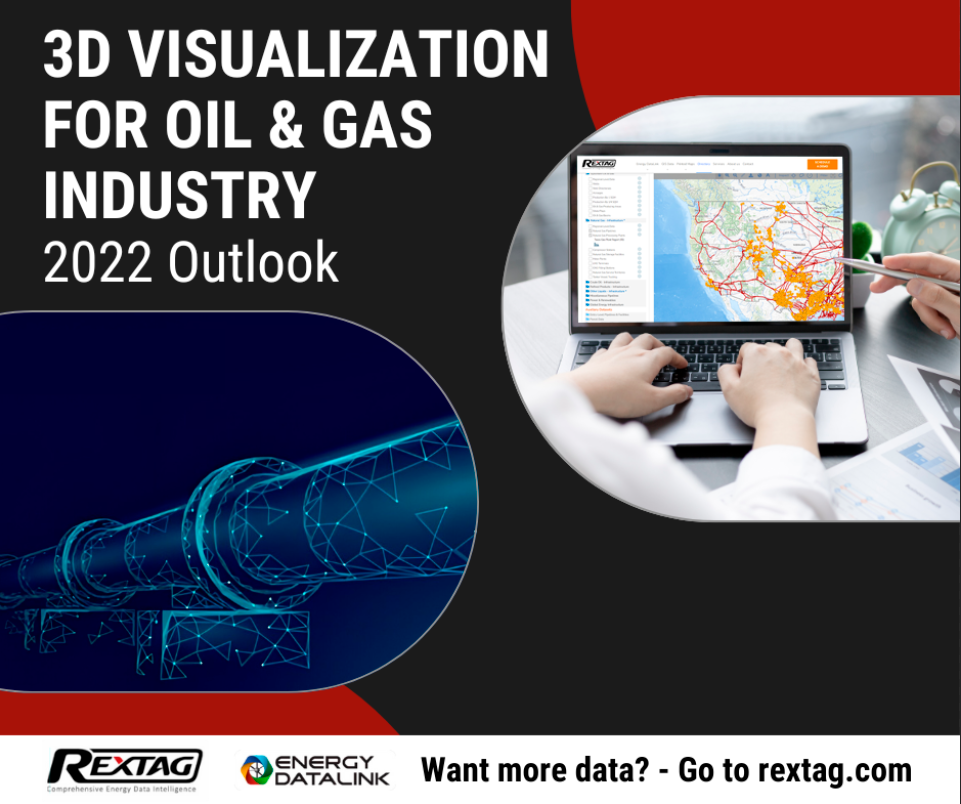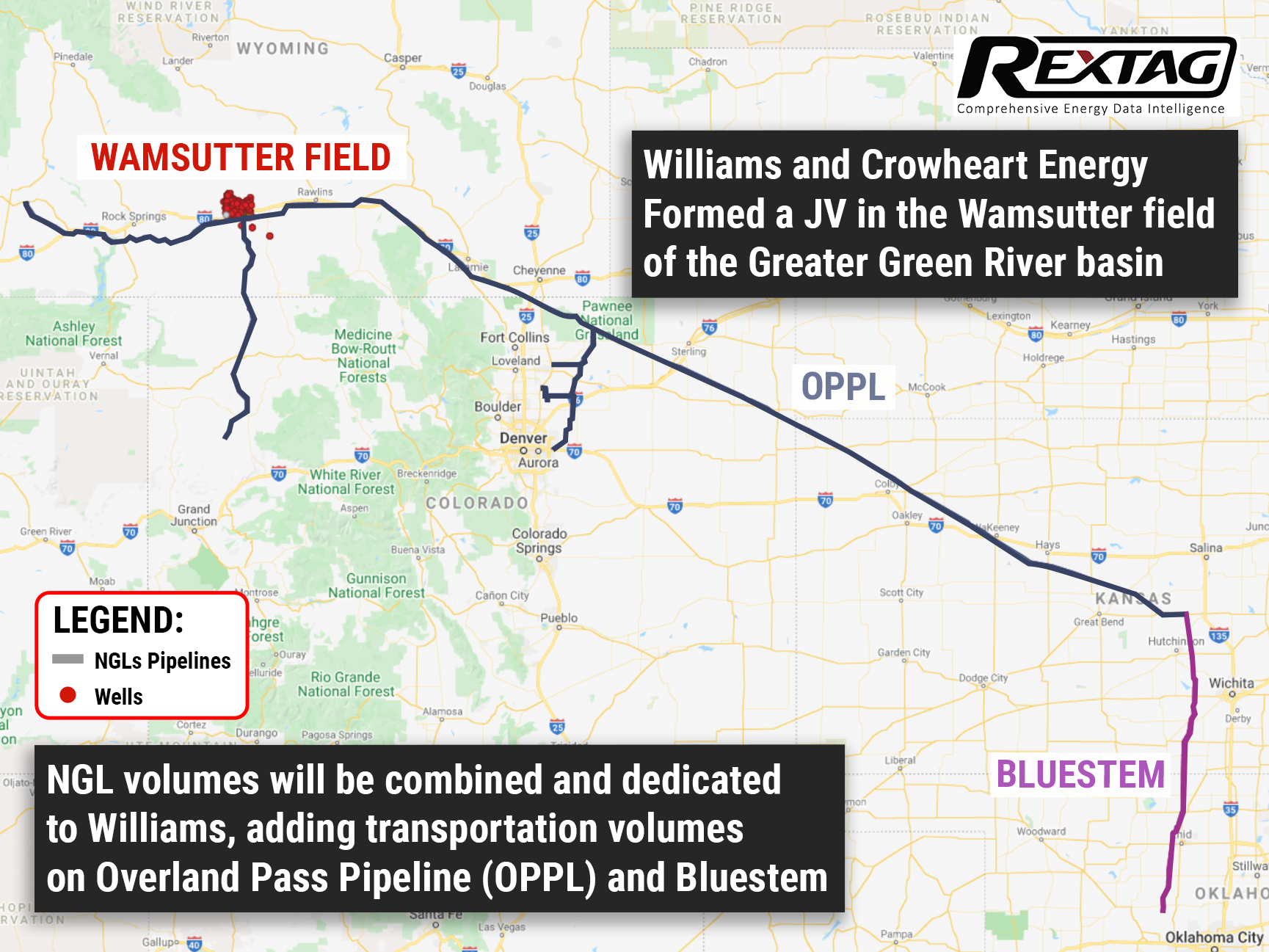Blog
Since days when shale oil and gas technologies were discovered, the U.S. energy industry has been evolving more rapidly than ever before. Many changes are amazing especially when you put them on an industry map. At Rextag not only do we keep you aware of major projects such as pipelines or LNG terminals placed in service. Even less significant news are still important to us, be it new wells drilled or processing plants put to regular maintenance.
Daily improvements often come unnoticed but you can still follow these together with us. Our main input is to “clip it” to the related map: map of crude oil refineries or that of natural gas compressor stations. Where do you get and follow your important industry news? Maybe you are subscribed to your favorite social media feeds or industry journals. Whatever your choice is, you are looking for the story. What happened? Who made it happen? WHY does this matter? (Remember, it is all about ‘What’s in It For Me’ (WIIFM) principle).
How Rextag blog helps? Here we are concerned with looking at things both CLOSELY and FROM A DISTANCE.
"Looking closely" means reflecting where exactly the object is located.
"From a distance" means helping you see a broader picture.
New power plant added in North-East? See exactly what kind of transmission lines approach it and where do they go. Are there other power plants around? GIS data do not come as a mere dot on a map. We collect so many additional data attributes: operator and owner records, physical parameters and production data. Sometimes you will be lucky to grab some specific area maps we share on our blog. Often, there is data behind it as well. Who are top midstream operators in Permian this year? What mileage falls to the share or Kinder Morgan in the San-Juan basin? Do you know? Do you want to know?
All right, then let us see WHERE things happen. Read this blog, capture the energy infrastructure mapped and stay aware with Rextag data!
How Can O&G Companies Maximize the Value of Their Business Based on Location Analysis Using Available Energy Data?
The energy sector is growing rapidly. With the rise in technology and data available, now more than ever businesses can maximize their value by analyzing their location and how it affects their industry. The energy sector is ever-changing. To be successful, oil and gas companies must be nimble and able to adapt to the constantly shifting landscape. With the right data, you can make informed decisions about where to drill, how to transport your product, and what price you can charge for it. Energy mapping & data services are an important tool for oil and gas companies. By understanding the energy landscape, you can make decisions that will maximize the value of your business. When it comes to choosing the right technology for their business, oil and gas companies need to consider a number of factors. These include the specific needs of their business, the cost of implementing and maintaining the technology, and its compatibility with existing systems. By carefully considering these factors, oil and gas companies can make sure they invest in the right technology for their business and increase their competitive advantage.
Smart Investments Are The Key To Success: Williams JV Brought Benefits At The End Of The Year
Williams boasts its Q3 results. With a revenue of $2.48 billion, the company beat the analyst estimate of $2.09 billion and also improved upon its own results over the same period in 2020. Mind you, much of this success was attributed to production in Wyoming's Green River Basin's Wamsutter Field and Williams JV with Crowheart.
The Final Stretch: Energy Transfer Pushes For Mariner East Project Ahead Of The Stunning Q3 Results
Energy Transfer's lead in the world's NGL exports booked the company another successive quarter. With a global market share of almost 20%, the company is nigh unstoppable. But will it be enough to, finally, push the Mariner East project over the edge? If everything goes as planned, Mariner East's last segment could be operational by the end of the first half of 2022.

.png)

